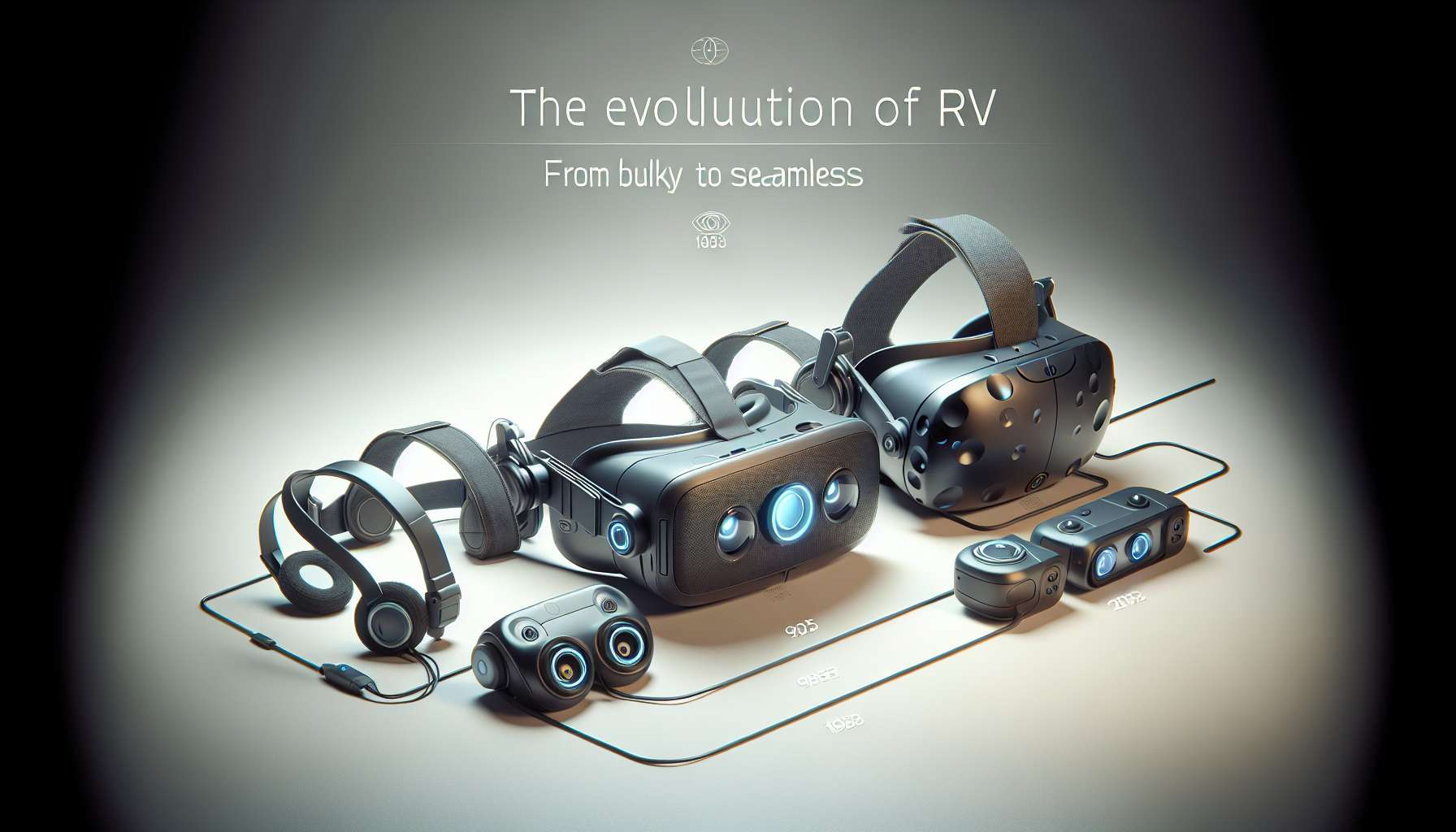Virtual reality (VR) technology has come a long way since its inception, particularly in the design and functionality of VR headsets. The evolution of VR headsets from bulky, cumbersome devices to sleek, seamless gadgets has been a remarkable journey that has significantly enhanced the user experience.
### Early VR Headsets:
In the early days of VR, headsets were large, heavy, and often uncomfortable to wear for extended periods. These bulky devices typically required external sensors or cameras to track movement, limiting the user’s range of motion and overall immersion in the virtual environment.
### Advancements in Design:
As technology progressed, VR headset manufacturers began focusing on improving the design and ergonomics of their devices. Modern VR headsets are now lighter, more compact, and better balanced, making them more comfortable to wear for extended periods. The integration of built-in sensors and cameras has also eliminated the need for external tracking systems, allowing for greater freedom of movement and a more seamless VR experience.
### Enhanced Display Technology:
Another key aspect of the evolution of VR headsets is the advancement of display technology. Early VR headsets often suffered from low-resolution screens and a limited field of view, resulting in a pixelated and constrained visual experience. However, modern VR headsets now feature high-resolution displays with fast refresh rates, providing users with crisp, clear visuals and a more immersive viewing experience.
### Wireless Connectivity:
One of the most significant developments in recent years has been the introduction of wireless VR headsets. These devices eliminate the need for cumbersome cables, allowing users to move freely and interact with the virtual environment without being tethered to a computer or console. Wireless VR headsets offer greater flexibility and convenience, making them ideal for a wide range of applications, from gaming to training and simulation.
### Conclusion:
In conclusion, the evolution of VR headsets from bulky to seamless devices has been driven by advancements in design, display technology, and wireless connectivity. These improvements have not only made VR more accessible and user-friendly but have also significantly enhanced the overall immersive experience for users. As technology continues to evolve, we can expect to see even more innovations in VR headset design, further blurring the lines between the virtual and real worlds.








